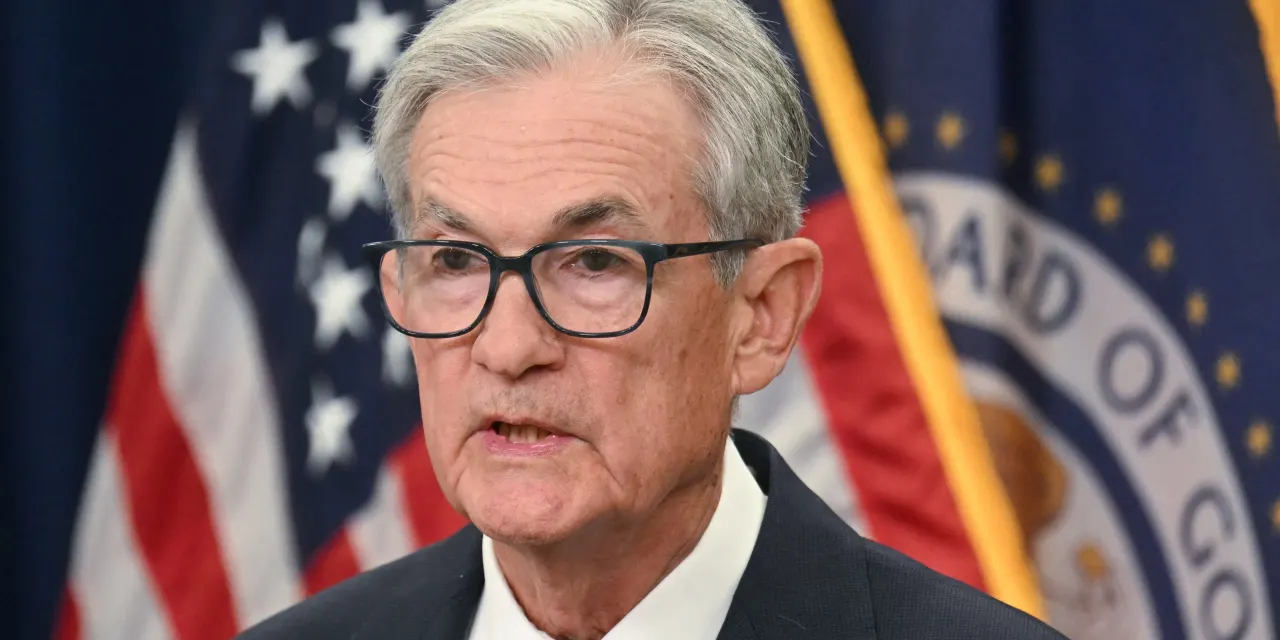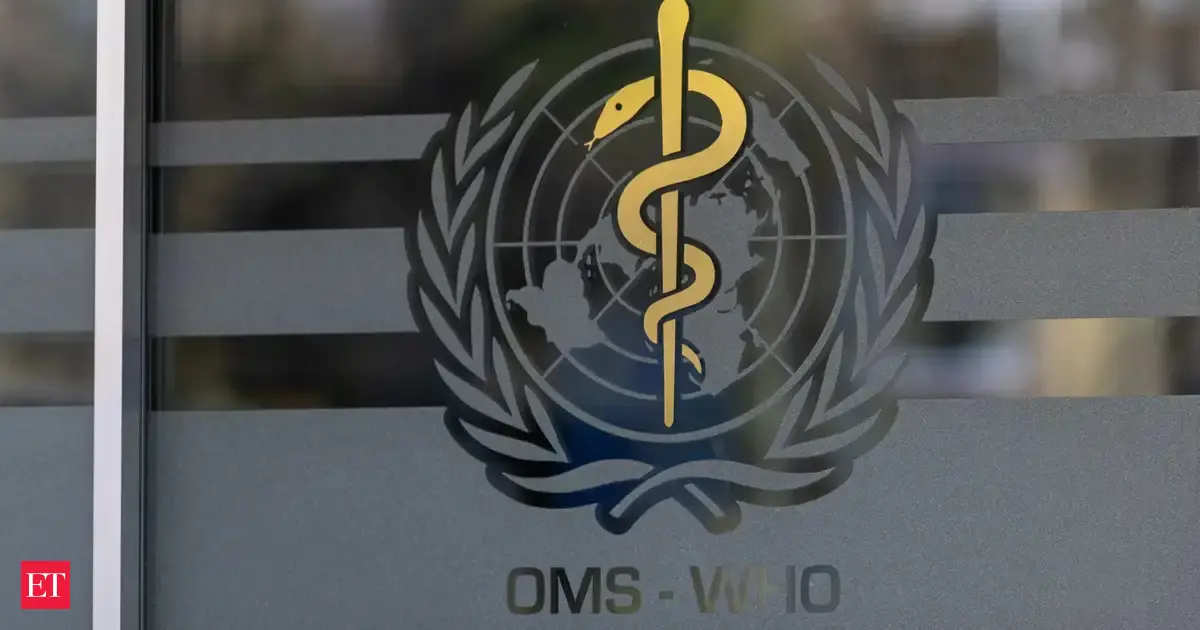Copyright marketwatch

The Fed will announce its rate decision on Wednesday at 2 p.m. Eastern time. Fed Chair Jerome Powell will hold a press conference at 2:30 p.m. Like anything with the Fed, the answer is a little complex, but can best be explained by breaking it into pieces. Fed believes rates at current levels are holding down growth The first point to remember, economists say, is that the Fed believes its current benchmark interest rate — at a range of 4% to 4.25% — is so high that it is actually slowing down the U.S. economy. Fed officials have debated how much it is slowing the economy, but they all agree on this basic fact. With that in mind, when you then look at the central bank’s forecasts, you see that there has been a shift in the Fed’s thinking. Powell and a majority of the 12 Fed officials who vote on interest rates are now more worried about the job market than they are about inflation. Because the job market looks weak, the Fed doesn’t want rates to keep slowing the economy — that’s like putting rocks in the pocket of someone trying to swim in their clothes. So the Fed wants to move rates somewhat lower to be able to support the labor market. The labor market is now more worrying than high inflation The big change to the economy this year has been President Donald Trump’s decision to implement widespread tariffs, or taxes on imported goods. For the Fed, this is known as a supply shock — something that causes a scarcity of goods that impacts the economy. Supply shocks, like tariffs or the 1970s oil embargo, raise prices and also slow economic growth. The Fed has been watching these two conditions, and for much of the year, inflation seemed the bigger concern. There were consistent warnings from economists that the tariffs would cause inflation to surge. But, at least so far, inflation from tariffs has been relatively muted. So, even though inflation was at 3% in September, it is better than Fed policymakers were worried about. Fed officials now think that any increase from tariffs will be transitory and will fade, putting inflation on a downward path to 2%. While inflation might come in hotter than they expect, they believe that it won’t last. At the same time, the U.S. labor market is now much weaker than anyone at the central bank expected at the beginning of the year. A series of revisions and surprises over the summer have shown that private-sector job growth has slowed to a crawl. The economy only averaged 29,000 net new jobs over the three months ending in August. This compared with three-month average job gains of 209,000 in the final three months of last year. “There has been a clear stalling out in employment gains,” said Kathy Bostjancic, chief economist at Nationwide, in an interview. Uncertainty has caused businesses to slow hiring. And if businesses are not passing the costs of tariffs to consumers, they need to find ways to save costs — and that often leads to job cuts. On Friday, General Motors In the back of their minds, Fed officials are aware of past downturns, when small initial declines in job growth suddenly ballooned into a recession. There is also the “Sahm rule,” which shows that a deep economic downturn usually follows a half-percentage-point increase in the unemployment rate. So many on the Fed want to move rates lower now as risk management to avoid that outcome. “It is less damaging to workers to correct a policy move that is too easy than to correct one that is too tight,” explained James Glassman, a former economist with J.P. Morgan, in an email. How does the government shutdown impact the Fed’s calculus? There haven’t been any data since the federal government shut down on Oct. 1, but Powell said in a speech last week that data and discussions with business contacts show that these trends haven’t changed. “Uncertainty about the economic outlook remains elevated. The FOMC is attentive to the risks to both sides of its dual mandate, and judges that downside risks to employment have risen,” Powell said. That comment was justification of an October rate cut, according to Matthew Luzzetti, chief U.S. economist at Deutsche Bank. Will the Fed cut rates in December? Nationwide’s Bostjancic thinks the same logic behind an October cut will allow the Fed to cut rates again in December by 25 basis points. Most economists agree with her — but there are several analysts who think the Fed might pause. “With hints of stronger tariff pass-through into core goods prices, the September CPI data will give those FOMC members still focused on the upside risks to inflation solid ground on which to stand. As such, we’d argue that nothing at all is set in stone for an FOMC meeting as far off as December,” said Richard Moody, chief economist at Regions Financial. Traders in derivative markets see more than a 90% chance of an additional rate cut in December. But economists say a lot depends on the data. It remains unknown how much government data the Fed will have at its disposal, with no end to the government shutdown in sight.



